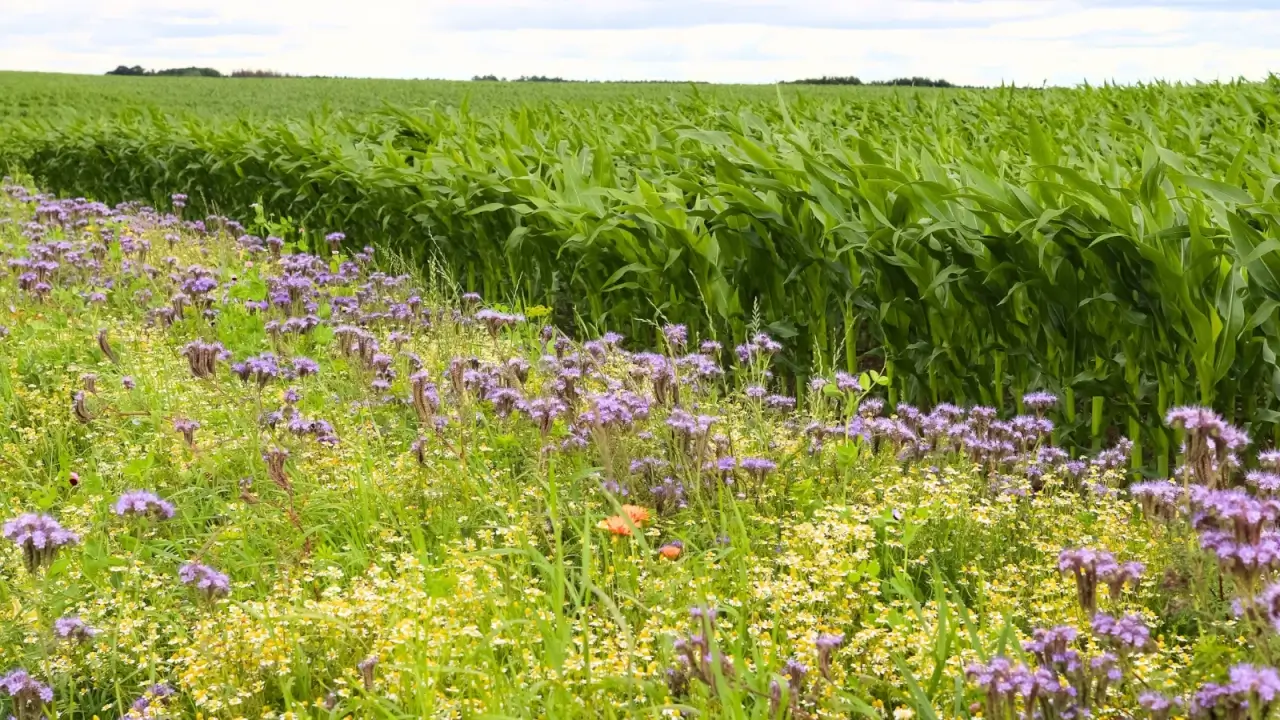
"Since then, soil preservation via conservation programs has come to the fore. With strategies like planting prairie strips, soil nutrient loss is reduced. This is possible for farms with large acreages, and for smaller market farms too. Prairie strips do not need to be installed all at once, and can be introduced to the farm in stages. There are plenty of other reasons for planting prairie strips - soil nutrient loss being one factor."
"The benefits are simple: prairie strips improve water quality, conserve water resources, provide wildlife habitat, and reduce soil erosion. By converting 10-25% of your farmland into these strips, you can grow large areas of a single crop without the same risk of nutrient loss that you would have without them. Add to that a regularly rotated and cover- cropped area, and you'll have increased yields."
"Prairie strips filter water and hold it in the ground where it is needed. Any fertilizer runoff is contained within the strip and stays out of sensitive waterways, where it can cause detrimental effects. This keeps nitrogen and phosphorus in the soil on your farm, rather than running off somewhere else where you can't access it. Prairie strips improve biodiversity on your farm. Increased biodiversity has mul"
Industrial agriculture can be profitable short-term but risks long-term declines if soil health is neglected. Over-tilling in the 1930s caused topsoil loss and the Dust Bowl. Repeated planting in the same fields can reduce crop vigor. Soil conservation measures, including prairie strips, reduce nutrient loss and erosion and are suitable for large and small farms. Prairie strips can be implemented gradually and occupy 10-25% of land to enable large crop plantings with less runoff risk. They filter and retain fertilizer, protect water quality, conserve water, boost biodiversity and wildlife habitat, control pests, and can increase yields when combined with rotation and cover crops.
Read at Modern Farmer
Unable to calculate read time
Collection
[
|
...
]